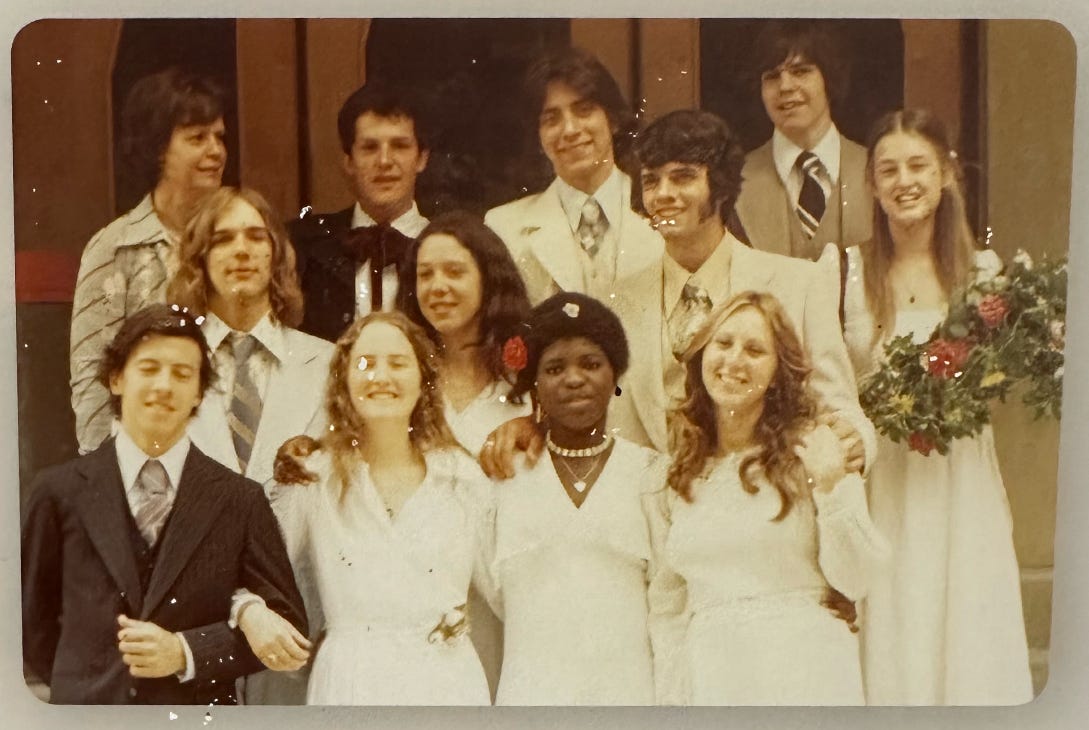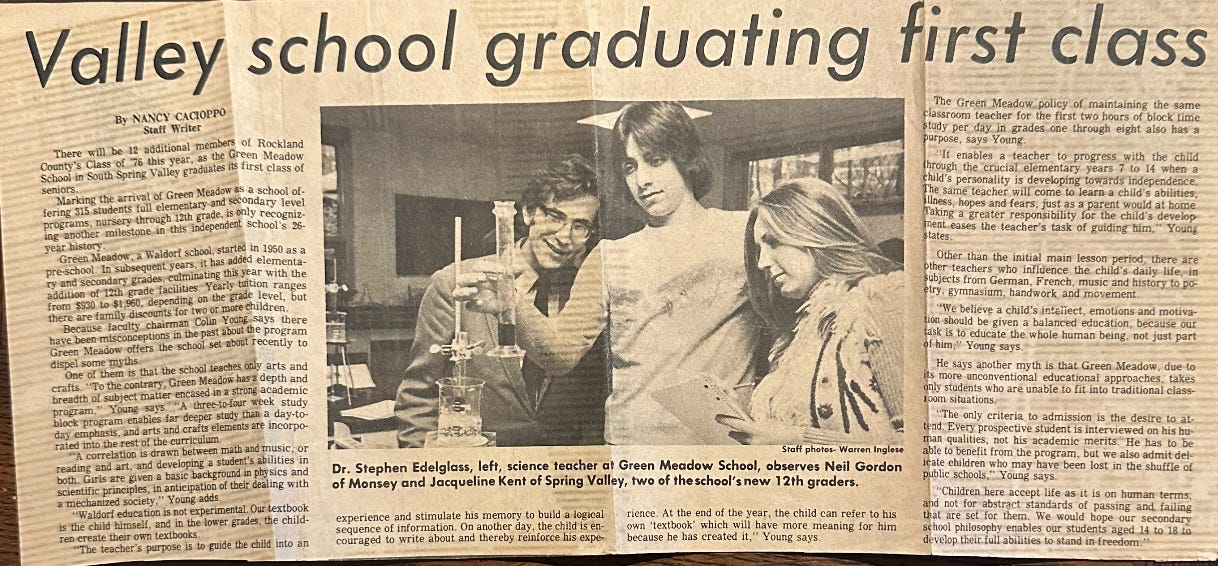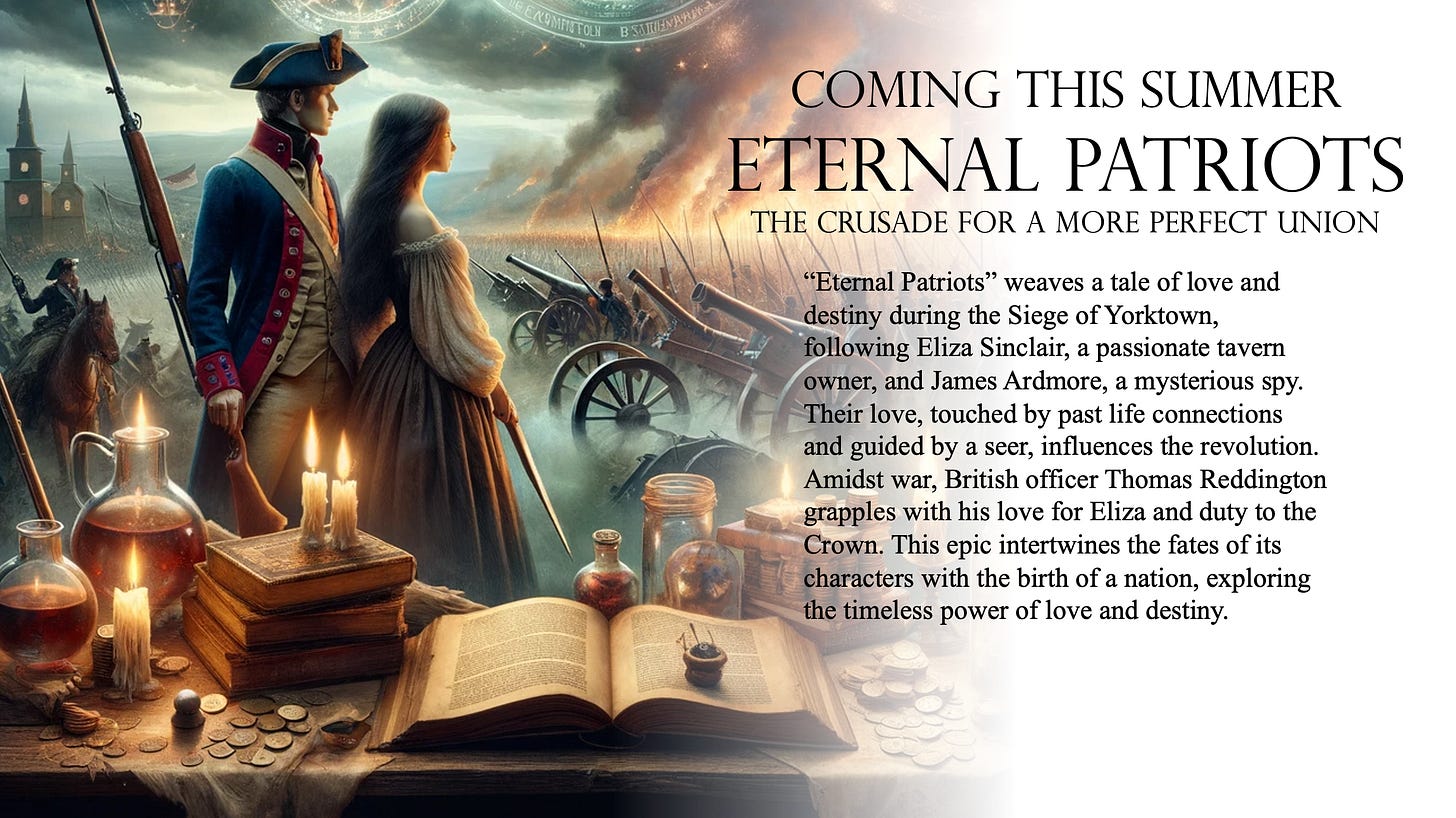During the fervent summer of 1976, as America celebrated its Bicentennial and welcomed President Carter's vision of change, I marked a personal milestone as a jubilant Green Meadow Waldorf School graduate. That seminal year saw me and my ten classmates emerge as the first alumni, the trailblazers of an educational philosophy that was as revolutionary then as it is enduring now.
Fast forward to the present, where, as a Green Meadow Advisory Board member, I had the privilege to collaborate with figures instrumental to the school’s heart and operations—Laura Radefeld, Winnie Stern, and Suzanne Lynn. Together, we delved into what a mission statement embodies—a beacon articulating purpose, values, goals, and the very soul of an institution. It’s a proclamation that shapes decisions and actions, reflecting the school’s culture and aspirations, a guiding light for the present and the promise of the future.
With the ink now dry on our Mission Statement, I find myself drawn to the storied halls of my past at Green Meadow, compelled to weave its words through the tapestry of my own history. It is a moment to measure the Mission’s truths against the canvas of my school days, tracing the echoes of its ideals in the corridors of my memories. Let us then delve into the essence of this statement and seek its reflections in the lived chapters of my Green Meadow narrative.
Today’s Mission Statement
Green Meadow Waldorf School inspires students for life. Grounded in a deep understanding of human development, we offer a diverse, artistic, and scholarly curriculum that sparks curiosity and creativity. Our immersion in nature and community enriches moral, ecological, and social awareness, fostering well-rounded individuals. Graduates emerge ready to lead with integrity, turn their ideas into meaningful actions, and meet global challenges.
Reflecting on a Lifetime of Experience
The hallowed grounds of Green Meadow, woven into my adolescence, ignited a flame of inspiration that burns just as fiercely today. It was here, amidst the backdrop of national celebration and change, that a deep-rooted education in integrity, creativity, and social consciousness was imparted—a timeless mission that still serves as the school’s cornerstone.
A Foundation Built on Timeless Principles
In those years of my upbringing, Green Meadow revered the complexity of each student’s journey. It was a sanctuary where the ebb and flow of youth were embraced, with every challenge met with unwavering support and every achievement seen as a testament to untapped potential. The curriculum—a tapestry of artistry and scholarship—ignited a lifelong quest for knowledge and creativity that continues to shape my world.
An Artistic and Scholarly Journey That Resonates
Though the decades have passed, Green Meadow’s hallmark endures—the seamless integration of the arts and academic rigor. It was a place that celebrated the art of expression as much as the pursuit of knowledge, a duality that forged a lens through which I still view the world—one of inquiry and discernment.
A Bond with Nature and Community
The profound connection with nature and the bonds of community that Green Meadow fostered transcended classroom walls and left an indelible mark. It instilled a conviction that we are not apart from—still, a part of—a greater tapestry, and these lessons have been instrumental in shaping my environmental conscience and sense of communal duty.
Preparing for Life's Tapestry
The forward-thinking ethos of Green Meadow equipped us not merely with academic prowess but with the vision to turn aspirations into reality. The tools of leadership, integrity, and global consciousness were not mere concepts but actionable attributes that I carried into the world beyond its gates.
A Holistic Approach That Nurtured the Whole Self
The holistic approach that Green Meadow championed—caring for the mind and spirit—nurtured a framework of values within me. Moral integrity, ecological respect, and social awareness became the pillars of my life.
A Vision Sustained
Today, as I look back at the legacy of Green Meadow and ahead to its future, I am moved by the unwavering vision it preserves. The diploma I received was a charter of life, laden with the skills, values, and determination to forge a path of positive impact. The essence of Green Meadow does not dwell in the silent corridors or within the ring of school bells but lives on in the graduates, like me, who lead with purpose, innovate with ingenuity, and carry a deep-seated responsibility to the world—a testament to Green Meadow’s enduring gift: to inspire us for life.
Crafting the Fictional Soul
In fiction writing, characters are the soul of the story. They are the vessels through which narratives unfold, emotions are evoked, and connections are made with readers. As writers, we strive to create characters that are as complex and multifaceted as real people. This is where Rudolf Steiner’s concept of the Four Temperaments can become invaluable in our character-building toolkit.
An Austrian philosopher and social reformer, Steiner posited that humans comprise four distinct temperaments: choleric, sanguine, melancholic, and phlegmatic. Each temperament represents various behavioral and emotional traits that can serve as a foundation for developing rich, nuanced characters.
The Choleric – The Fire of Passion
Choleric characters are the embodiment of passion and determination. Think of a character with a fierce will, a leader who thrives on challenge and is unafraid to make tough decisions. These are your born leaders, warriors who blaze trails and refuse to back down. However, this intensity can also manifest as a quick temper and a tendency to be domineering. Writers can use the choleric temperament to craft characters that drive the plot forward with their dynamic energy but must learn to temper their fire with humility.
The Sanguine – The Flutter of Curiosity
Characters infused with the sanguine temperament are the life of the party. They are friendly, charismatic, and full of enthusiasm. These adventurers, charmers, and characters can talk in or out of anything. Their curiosity and playfulness can light up the page. Yet, they can also be flighty, easily distracted, or superficial. Sanguine characters can bring lightness and humor to your narrative but must also confront the depth of their connections and the reality of their commitments.
The Melancholic – The Depth of Contemplation
Melancholic characters are the thinkers, the poets, the souls who feel deeply and think profoundly. They are often reflective, sensitive, and artistically inclined. Their rich inner world can be a treasure trove for writers, allowing for deep explorations of philosophy, art, and emotion. However, their introspection can spiral into brooding, pessimism, or indecision. In a story, melancholic characters can provide a profound sense of humanity and vulnerability, but they must also face the challenge of overcoming their inner darkness.
The Phlegmatic – The River of Calm
Steady, reliable, phlegmatic characters are the bedrock of your fictional world. They are calm, collected, and content with their lot in life. These characters are often the peacemakers who provide stability and support. Their resilience and loyalty can be a powerful force in a narrative. However, their calm can slip into lethargy, their stability into stubbornness. When writing a phlegmatic character, the challenge lies in rousing them to action and ensuring their tranquility doesn't lead to stagnation.
Using Steiner’s Four Temperaments as a starting point, writers can build characters with inherent contradictions and conflicts—essential ingredients for dynamic storytelling. These temperamental archetypes offer a springboard for character creation, providing initial scaffolding that can be fleshed out and nuanced as the character interacts with the plot, setting, and other characters.
In your next writing project, consider starting with the Four Temperaments. Sketch out your characters based on these fundamental emotional and behavioral patterns, and then let them grow and surprise you as they come to life on the page. As they develop, they will move beyond these archetypes, becoming as unique and unpredictable as real people—and that’s when the magic of storytelling truly begins








